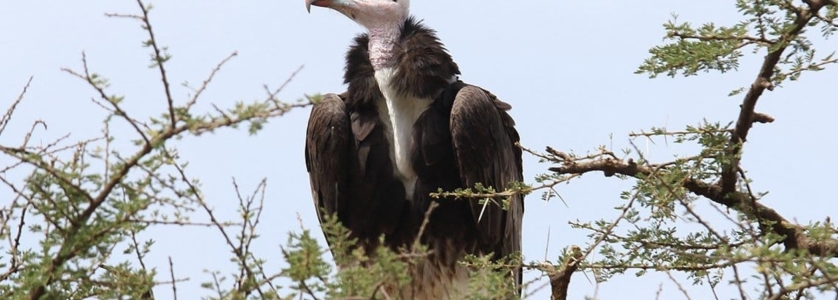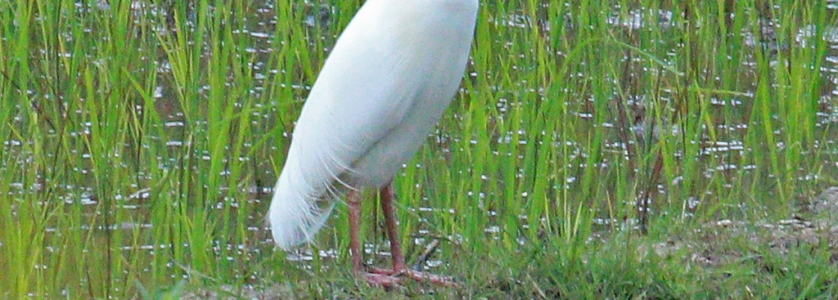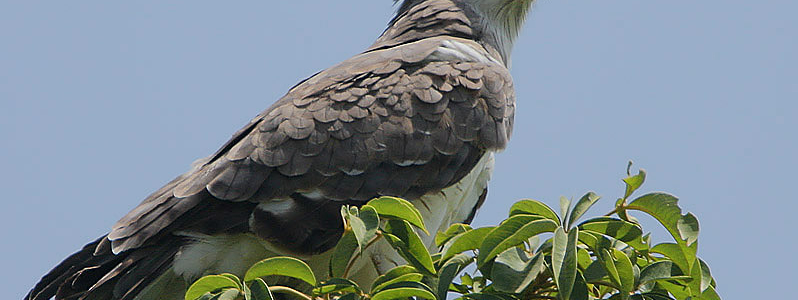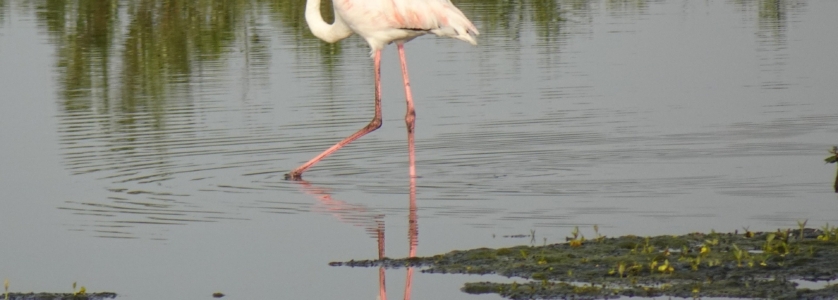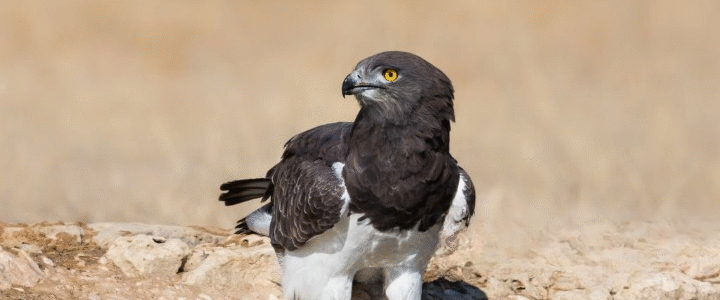

What to Know About the Great Blue Turaco in Uganda?
The Great Blue Turaco in Uganda is one of the African birds in Uganda seen during Uganda bird watching tours.
As the largest turaco species, it stands out with its impressive size—measuring between 70 and 76 cm long and weighing up to 1,231 grams.
Travelers enjoying birdwatching safaris in Uganda often delight in spotting this majestic bird, making their Uganda birding tours truly special. Experiences like these highlight why birding safaris in Uganda continues to attract nature lovers from around the world.
The blue and yellow tail feathers of the great blue Turaco are prized for making good luck talismans. It is resident breeder in Kibale forest national park.
The Great Blue Turaco is a fairly common African bird which is part of the “Musophagidae family”. It ranges across equatorial Africa and can be found in a variety of sizes and colours. A number of these birds are in medium size ranging from about 16-30 inches.
Physical description and behaviour of the Great Blue Turaco
This bird species is characterised with different colours which varies from blue, green to purple. They have a brilliantly coloured red flight feathers or bright red markings around the eyes and the crest of the head. Their feathers have traditionally been used as a status symbol for native African tribe leaders.
The adults have turquoise-blue (a greenish-blue) bodies which include their wings and tails. Their tails are long and dramatic, while their bellies are usually a yellow-green that carries down under their tail feathers.
They have a large bill that is bright yellow with a red tip and a blue-black raised crest crowning the top of their heads.
The male turacos are more brightly coloured than females, but female turacos are typically as brilliantly coloured as their male counter parts.
This brilliant colouring has made their feathers, like those of their cousins, a prized item in the making of talismans by local natives. They are thought to bring good luck.
Turacos, however they are beautiful and good looking, but they have poor flying moves. Physically, they have short round wings that make flying a little more like “gliding” (the sport of flying in a glider or move smoothly and continuously along) when they make a leap from one tree to another.
Landing is not the most graceful since the short flights usually end in the bottom branches of the tree they are aiming for.
Great Blue Turacos have adapted to this setback with unique feet that give them the ability to climb and reach the fruit trees they live in. They can make quickly and deftly through the trees using a fourth toe that can rotate around the foot all the way to the front, giving them a better ability to grip branches while climbing at odd angles.
The Great Blue turacos are plantain-eaters. This is the family all turacos belong to. These birds including their biggest bluest member have a diet comprised mostly of fruits found in the native trees.
Some do feed on shoots, buds, and leaves and will indulge in the occasional insect if the mood strikes them.
Note: The Great blue turaco is the largest species of turacos and it is generally 70-76 cm in length with a mass of 800-1,231g, in DRC (Bandundu province), the Great Blue turaco is actively hunted for meat and feather s.
More posts for you

Over 50 excellent reviews on Safaribookings.
 >
> 